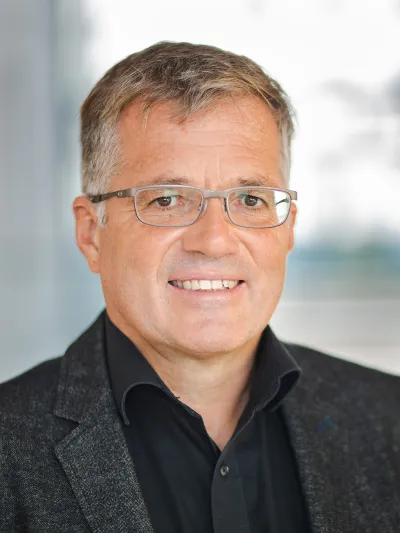Analysis of House 1 of the University of Applied Sciences Potsdam
Analysis of the energy demand and CO2 emissions of a refurbishment property taking into account sustainability criteria and thermal bridge calculations

© eigenes Foto, FHP
Motivation
Since global warming is due to the release of greenhouse gases, one demand of climate protection is the reduction of CO2 emissions. This demand also applies to the building sector in Germany. Existing buildings in particular can contribute to CO2 savings by selecting different factors such as the room temperature, the energy source as well as the building components. In order to examine the effects of these components more closely, an analysis of the energy demand and CO2 emissions of a refurbishment property located in the city of Potsdam was carried out for different variants.
Task
House 1 on the campus of the University of Applied Sciences Potsdam was selected as the renovation object (see Figure 1). The analysis of the energy demand and CO2 emissions of this non-residential building was carried out taking sustainability criteria and thermal bridge calculations into account. In order to achieve the goals of a climate-neutral building stock, a balance as in the Building Energy Act (GEG), which only considers the operational emissions, is insufficient. An emissions-based overall balance is required that takes into account the emissions of the building's operation and the emission shares for the building's construction materials. Consequently, for the emissions-based overall balance of Building 1, a balance according to the GEG was drawn up on the one hand and a life cycle assessment with the eLCA web application on the other. The primary energy demand and the global warming potential (GWP) were determined as sustainability criteria for the life cycle assessment. In order to ensure a realistic representation of House 1, a thermal bridge calculation was carried out (see Figure 2). Four variants were formed to investigate the energy demand, CO2 emissions and global warming potential of House 1 (see Figures 3 to 6). The variants differ with regard to the thermal bridge allowance, the room temperature, the energy carrier and the building components.
Results
The results show that a change in the thermal bridge allowance and the room temperature have a smaller impact on the final energy demand and CO2 emissions of House 1 compared to the change in the energy source and the building components (see Figure 7 & Figure 8). The detailed thermal bridge calculation resulted in a thermal bridge surcharge of 0.0 W/m²K for house 1 for the refurbishment variants. There is a reduction in energy demand, CO2 emissions and global warming potential if the share of ecological building components, the share of renewable energy and the thermal insulation quality increases in an energy-related non-residential building refurbishment (compare the GWP savings of the refurbishment variants to the existing variant V0 (see Figure 9)). A retrofit and new construction would be an alternative if the overall emissions-based balance and the costs are lower than for an energy retrofit.
Project participants
Project management
Project management
Dipl.-Ing. Lutz Grunicke
Brandenburg State Office for Real Estate and Construction (BLB) , Potsdam
Brandenburg State Office for Real Estate and Construction (BLB)
Benedikt Litschko
Business Unit Facility Management
Team 2 Accommodation/Investment/Maintenance/Energy Management
Heinrich-Mann-Allee 103 14473 Potsdam







